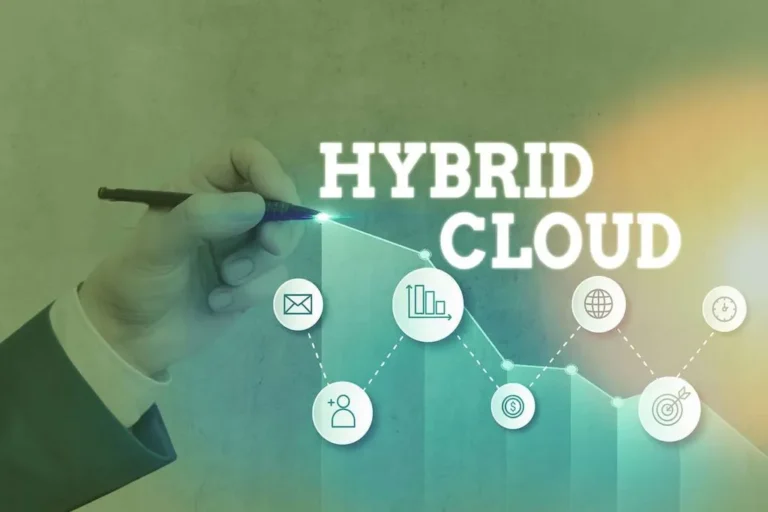Get began with qualitative threat evaluation with our free danger assessment template. Project staff members are additionally responsible for identifying potential dangers associated to their areas of expertise. They provide insights into the chance of and potential impression of identified dangers. Project sponsors may be concerned, defining the general danger tolerance for the project and approving main danger responses. There are many project dangers that may have an effect on your project and, as a project supervisor, you’re liable for the chance evaluation process.
Forward of initiating your change lifecycle, set time apart to work with stakeholders and determine all the potential risks for the project and any areas of uncertainty. This might include operational disruptions, points with compliance, or lack of strategy alignment. At this stage, keep the change you’re making an attempt to implement as the core focus in order that your risks and uncertainties are relevant.
What Is A Danger Chance And Impression Matrix In Pmp?
You can assign every Danger a severity stage and track the Threat Severity over time. If you want to study extra in regards to the eRISK module of ECLIPSE Suite, contact us right now for a free demo. Ideally, representatives from various departments—such as finance, compliance, IT, and operations—should take part to make sure a radical understanding of how different dangers may have an effect on the organisation.
Before delving into the parts and steps of threat impact and probability evaluation, it is crucial to understand the definitions of risk impact and chance evaluation. Danger impact refers back to the potential penalties or effects of a risk occasion on a company, similar to financial loss, reputational damage, or operational disruptions. On the opposite hand, chance evaluation includes evaluating the chance or chance of a danger event occurring. Danger evaluation consists of using instruments and techniques to determine the probability and influence of project risks which were previously recognized. Therefore, risk analysis helps project managers decipher the uncertainty of potential risks and the way they’d impression the project in phrases of schedule, high quality and costs if, in fact, they were to show up. Risk evaluation isn’t exclusive to project management and it’s used in different disciplines such as business administration, development or manufacturing.

This involves amassing and analyzing knowledge, conducting interviews and workshops with key stakeholders, and applying the chosen evaluation methodology. Throughout this stage, it is necessary to collect relevant information, set up criteria for evaluating risks, and be positive that all essential sources can be found for the evaluation. This formula isn’t solely a theoretical concept but in addition a sensible tool that helps organizations evaluate and mitigate hazards of their workplaces. Let’s break it down to understand its significance and how it’s utilized in varied industries. It’s a web-based software that gives a secure and collaborative setting to manage initiatives. The eRISK module lets you create a Threat Register the place you’ll have the ability to monitor the Risks of your project.
Holding common threat analyses all through change management lifecycles will help you to stay on observe with the project and maintain a log of every thing that has occurred and why. Having this properly documented will support you with future change lifecycles as you will have greater consciousness of the possible impacts – and the danger in change initiatives – to maintain the initiative running smoothly. One Other essential facet of chance evaluation is the consideration of uncertainties and assumptions. It is essential to recognize that likelihood assessments usually are not always exact and can be topic to uncertainties. Organizations ought to establish and quantify these uncertainties to guarantee that the chance evaluation is as accurate and reliable as attainable.
By understanding and prioritizing risks, you presumably can shield your group from potential threats and make knowledgeable selections that drive success. Begin implementing these practices right now and see the difference they make in your threat administration technique. Managing dangers is a basic aspect of any organization’s strategic planning. Understanding the impression and likelihood of varied dangers could make the distinction between navigating challenges successfully or dealing with sudden setbacks.
Uncover tips on how to effectively assess and manage dangers with our complete guide on threat impression and chance assessment. A change risk is the probability that a change program will not reach its acknowledged goals and targets. There is a broad range of things that can enhance the change threat for a project, and so it is very important conduct an effective threat change evaluation to understand, document, and cut back these change risks. Danger administration is the method of figuring out, assessing and controlling threats to an organization’s capital and earnings. These risks stem from a wide selection of sources including financial uncertainties, authorized liabilities, technology points, strategic administration errors, accidents and natural disasters. Often review and update your risk assessments to mirror modifications cloud computing in the group and its environment.
- Figuring Out – in addition to assessing and mitigating – dangers just isn’t a one-time exercise however an ongoing learning course of that requires re-evaluating risks as a product, service, project, or coverage develops.
- For instance, whereas traditional risk evaluation may determine “supplier delays” as a danger, RCA would go additional, asking “why may suppliers be delayed?
- It is essential to acknowledge that chance assessments aren’t all the time exact and may be topic to uncertainties.
- It can also include positive outcomes that may come up from taking calculated dangers.
- This element of risk influence and chance analysis is crucial in understanding the overall danger exposure and planning appropriate threat response methods.
This contains financial impact, reputational injury, authorized implications, and operational disruptions. For instance, a financial impact may embody the price of repairing or changing damaged belongings. Legal implications might involve fines or lawsuits, and operational disruptions may lead to decreased productiveness or service interruptions. Reputational damage is one other important aspect to contemplate in threat impression analysis. Adverse publicity, customer dissatisfaction, or a breach of trust global cloud team can all have extreme consequences for a company’s popularity.

Mastering Change Management – S2:e9 Technique Hero Reflections
This ensures that the business is ready to sort out potential dangers effectively and minimize their influence on key goals. Furthermore, risk impact analysis must also contemplate the potential interdependencies between totally different dangers. Some risks could have a cascading effect, that means that the occurrence of one threat can set off or exacerbate other risks. By figuring out and analyzing these interdependencies, businesses can develop complete threat administration plans that address all potential dangers and their interconnectedness. From your change impact assessment, you possibly can easily establish the severity and scale of impact to teams, processes, and tools.
In conclusion, risk impact and probability evaluation is an important process for any group in search of to successfully handle dangers. Despite the challenges involved, a proactive method to danger administration can significantly improve an organization’s capability to navigate uncertainties and safeguard its objectives in opposition to potential threats. In conclusion, understanding risk impression and chance evaluation is essential for efficient threat administration. In addition to monetary considerations, risk influence and probability evaluation also takes under consideration non-financial components.

